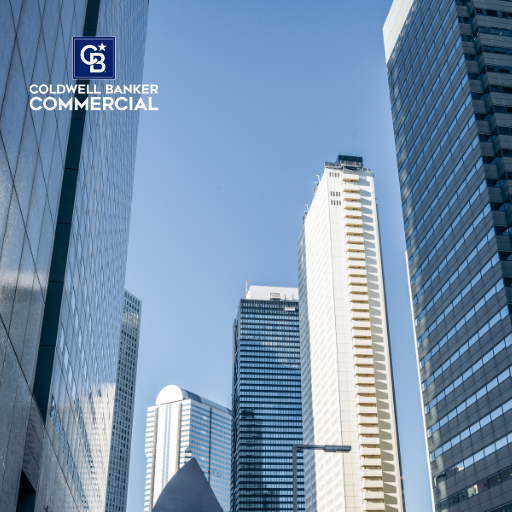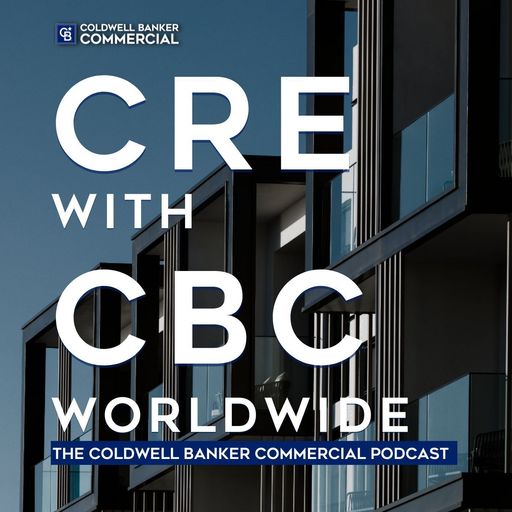3 Big Trends from the Retail Sector in 2016

The retail sector has seen some dramatic shifts in the past years as technology and the presence of online shopping continues to evolve and grow. Technology and online shopping has even driven some strictly brick and mortar retailers like Borders to go out of business.
While online shopping has changed the way that consumers consume, there is still desire and demand for brick and mortar. In the retail sector for 2016 the trends included more focus around flagship stores, online businesses experimenting with brick and mortar and the growth of mobile payment systems.
1. Flagship Stores
As the retail sectors shifts and becomes not only about having a place to buy something but also becoming an experience for the consumer, flagship stores are becoming more popular among brands. According to a recent Bisnow article, these flagship stores are becoming more important to retailers as they act as an experience that can then be set as a model for smaller retail spaces.
Some notable flagships are the Apple store in New York and the Nike store in San Francisco. These flagships not only showcase the product but they provide a unique setting and unique amenities that cater to the local market like the gentlemen’s lounge at the Brook Brother’s flagship in San Francisco which includes pool tables.
2. Online Retailers Getting into Brick and Mortar
The previous trend was seeing online shopping taking over brick and mortar to the point of driving some companies out of business as mentioned above but now some online retailers are getting into the brick and mortar game.
Most notably, Amazon has rolled out a concept for a brick and mortar grocery store called Amazon Go that combines the idea of a physical grocery store with some of the conveniences of shopping online. The concept allows the consumer to go in, take what they want off the shelves and walk right out. The technology that Amazon is using will know what has been put in the shopper’s cart and charge their Amazon account when they walk out the door.
For more information on Amazon Go refer to this CBC blog post.
3. Mobile Payment
Taking a cue from the convenience that has been well received from online shopping, retail is seeing a surge in technology being implemented in store to make the shopping experience more convenient and efficient. One of these technologies is mobile payment which is allowing consumers to pay for their products without opening their wallet or taking out money.
The technology lives within the consumer’s mobile device and is activated by waving or tapping their mobile device on the payment terminal. Some of the notable apps for consumers are Google Wallet, Apple Pay and Samsung Pay.
On the other hand, sellers are also getting apps that allow them to accept payments through mobile devices with card readers that can connect to a phone or tablet. Examples of these mobile apps are Square and PayAnywhere.
Technology and specifically mobile technology are playing a big part in the direction that the retail sector is heading. Here is another article from CBC on how retailers are acquiring mobile customers.
A Trusted Guide in Commercial Real Estate
Coldwell Banker Commercial® provides Commercial Real Estate Services from Property Sales and Leases, to Property Management. Learn how our expansive network of Independently Owned and Operated Affiliates and Real Estate Professionals use their in-depth knowledge of the local market and industry trends to help businesses and investors navigate the complexities of the commercial real estate landscape.






